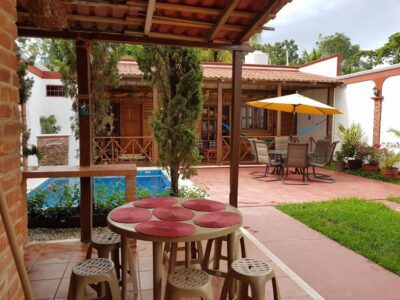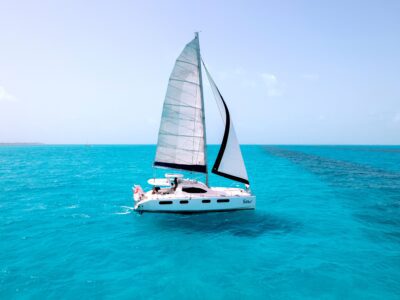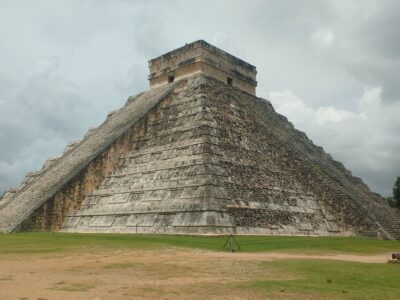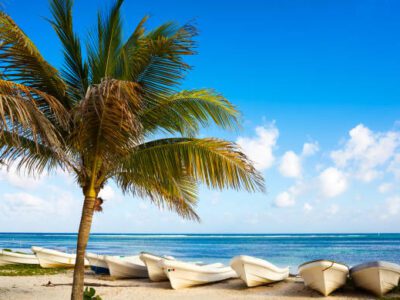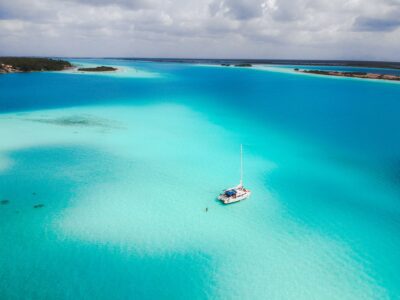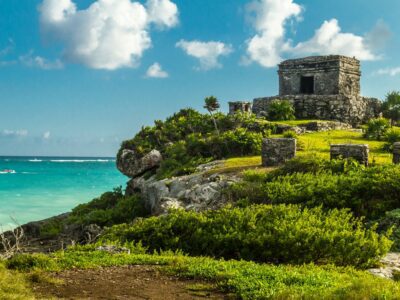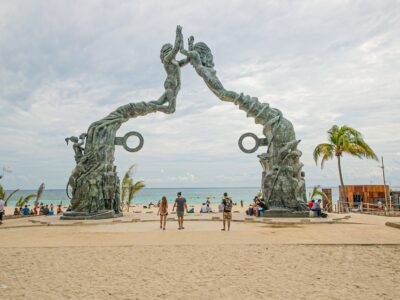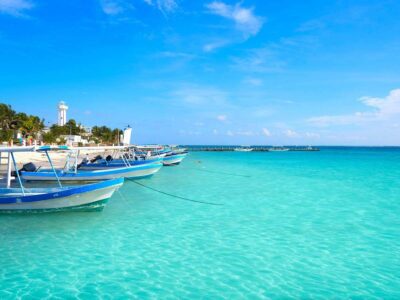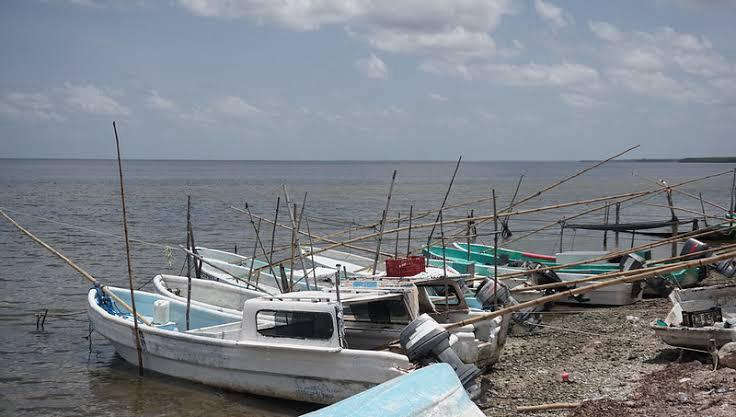“The recent shipwrecks of the boats ‘Halcón I’ and ‘Peyucsa 12’ revealed some irregularities that must be thoroughly investigated and analyzed,” says José Luis Carrillo Galaz, president of the Mexican Confederation of Fishing and Aquaculture Cooperatives, ( Comeccop).
Above all, we must apply the Navigation Law, which establishes that coastal vessels are round-trip vessels, that is, for inland navigation and these should not leave the coast because they are not cabotage, claims Carrillo Galaz.
“There is a clandestine fleet, about 100 modified boats that in the fishing sector are known as “enhanced”, they are large boats that look like basins, which due to their size, fishermen make long trips as if they were boats from the larger fleet that have a stationary engine, bunk beds, kitchen, refrigerators, wheelhouse with radio communication equipment,” says Carrillo Galaz.
These boats, Carrillo Galaz continues, if they receive a strong blow from the sea, due to their shape, the boat fills with water and runs the risk of shipwreck.
The ships of the larger fleet, due to their size and conditions, have autonomy, and precision, and are built to work far from the coast at 20, 50, 100, or more miles, at great depths.
On the other hand, the riverside boats, such as the launches, are for sailing near the coast, but they move further away, they navigate up to the area of the Alacranes reef which is 65 miles north of Progreso, or they go to the east and west.
They make trips of 10, 12, and even 15 days, exposed to inclement weather, and with a hit of waves they fill with water and shipwreck, says the leader, based on his experience as a fisherman.
The fishing leader points out that the fishermen who travel in the enhanced boats expose their lives, the recent and sad case of the “Peyucsa 12” and “Halcón I” that collapsed and the crew members were not found, are situations that should not be repeated.
They must be investigated in depth, since the fishing authorities, the maritime authorities through the Port Captaincy, the Navy, as well as the fishermen themselves and the owners of those boats who commissioned them, are involved in this fatality.
Unlike the ships of the larger fleet whose departure is authorized by the Yucalpetén Harbor Master’s Office through a dispatch, the crew must have a Sea Book or Passavante, the highlighted boats “are not “dispatchable.”
This was said by Higinio Pérez, in charge of one of the ships when the search for the lost vessels was carried out.
Because the boats, and in this case the boats, are coastal, they are not dispatched by the Captaincy, they leave and enter the sheltered port of Yucalpetén without any problem.
There is no official list of the crew, only the owners and relatives know where on the coast they went fishing.
As Mariano Canul Uicab, president of the Regional Federation of Fishing Cooperatives of Central and Poniente of Yucatán, says, the boats do not have a satellite chip so that in case of emergency they can press and launch the alert for search and rescue, the chip throws the geographical coordinates of where it is issued.
Although the enhanced boats have a license plate, apparently there is no control over the modifications made to them.
TYT Newsroom
The post Clandestine fleet in Yucatán; Hurricane Milton shipwrecks exhibit irregularities first appeared on The Yucatan Times.



